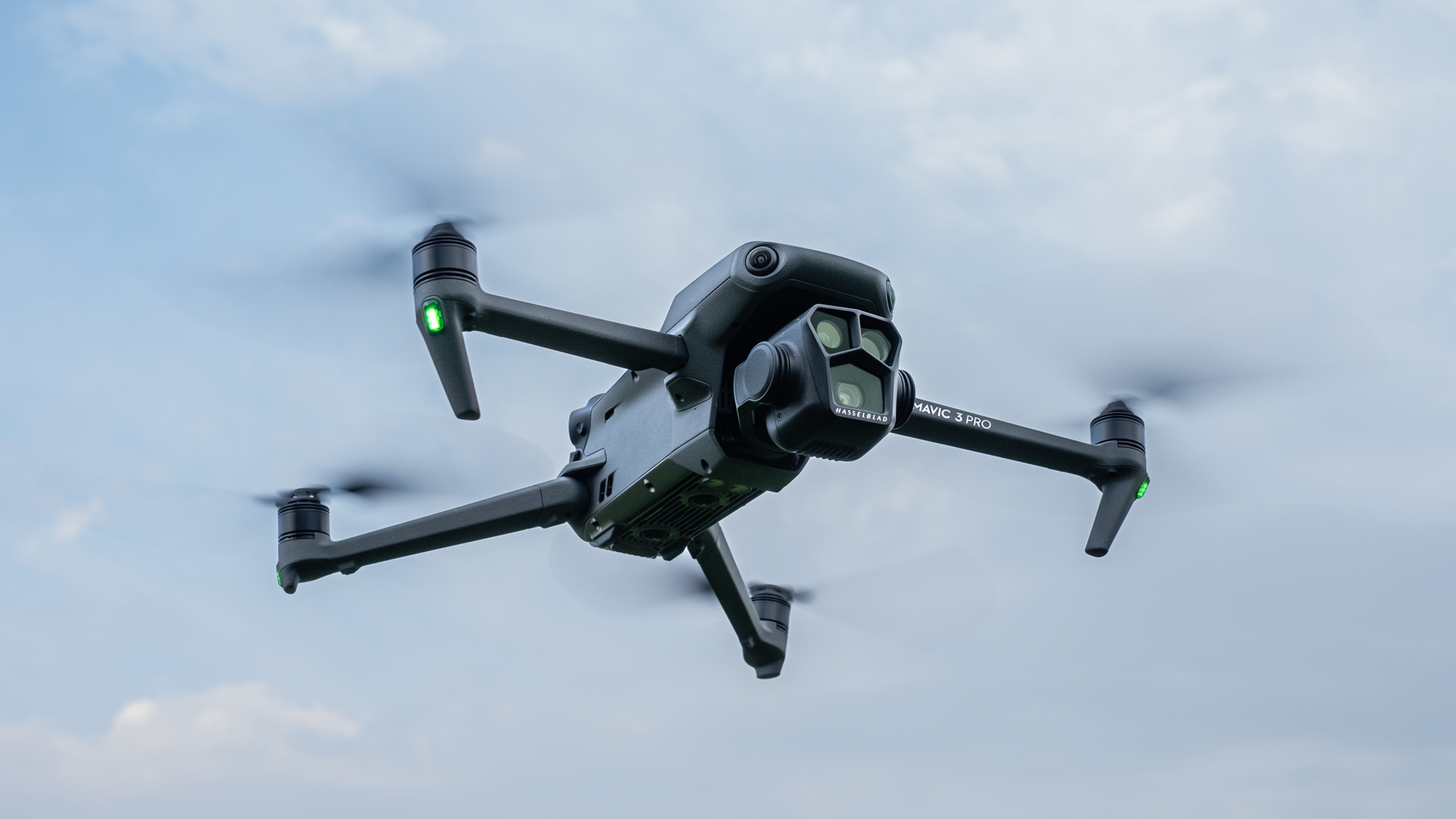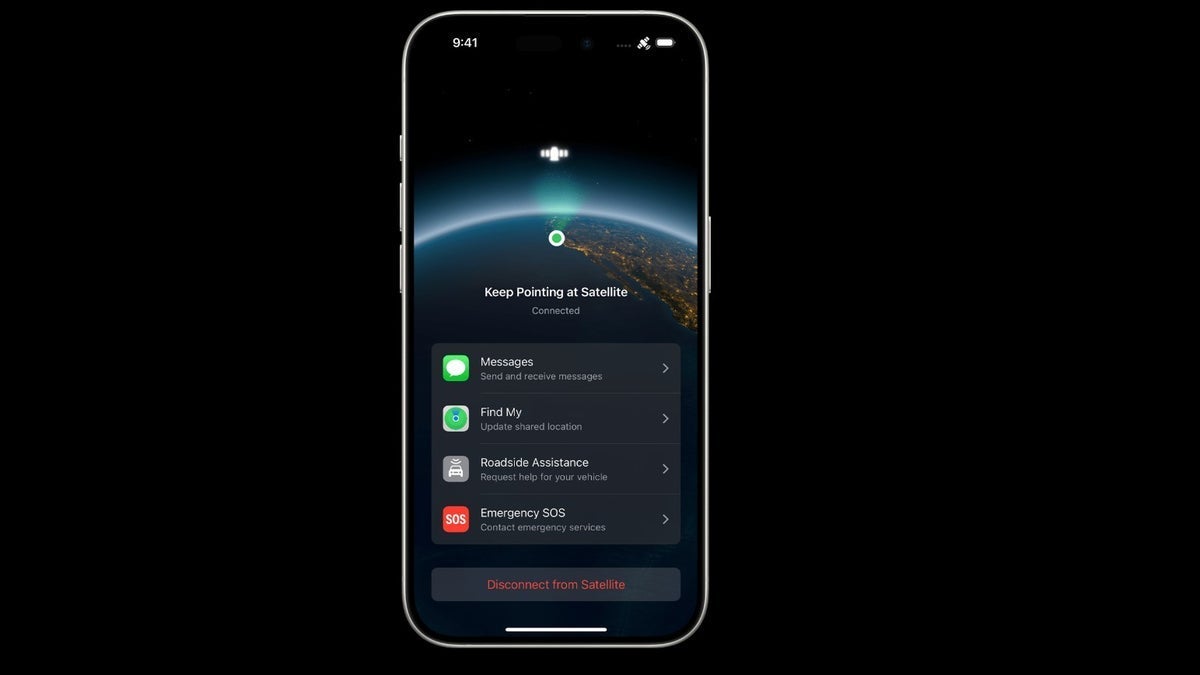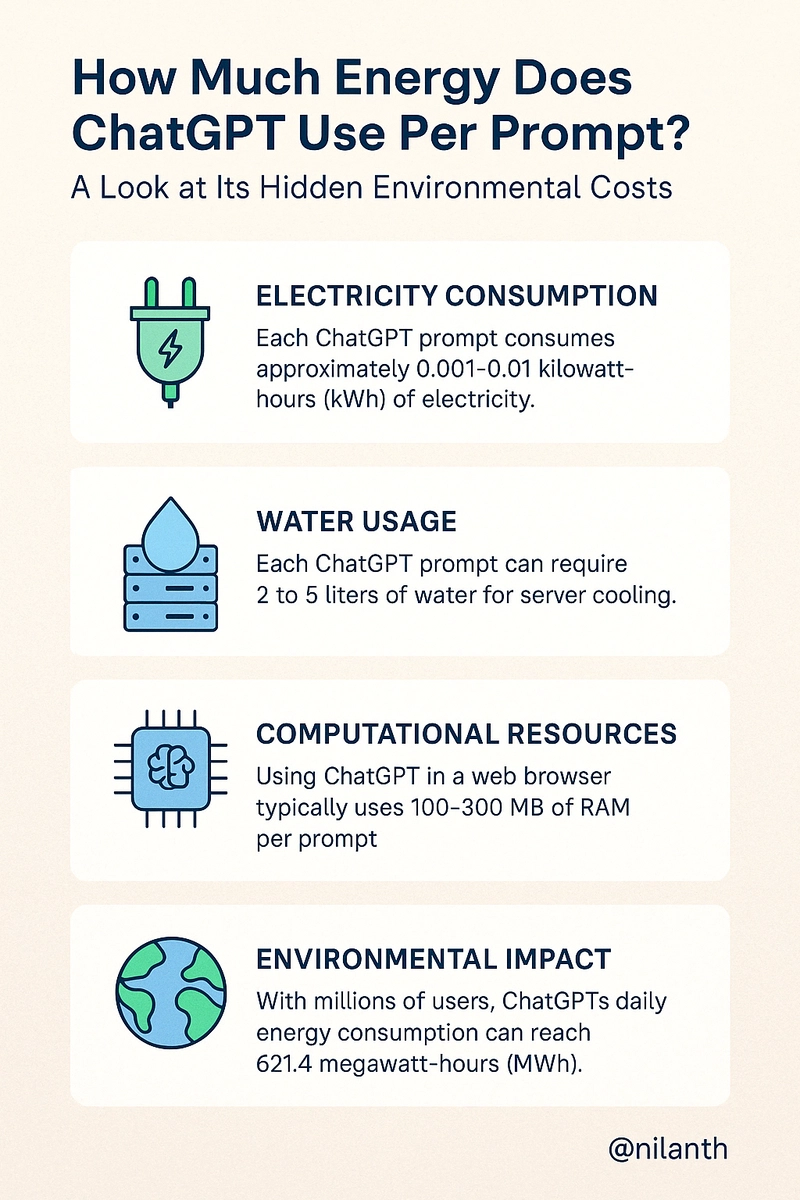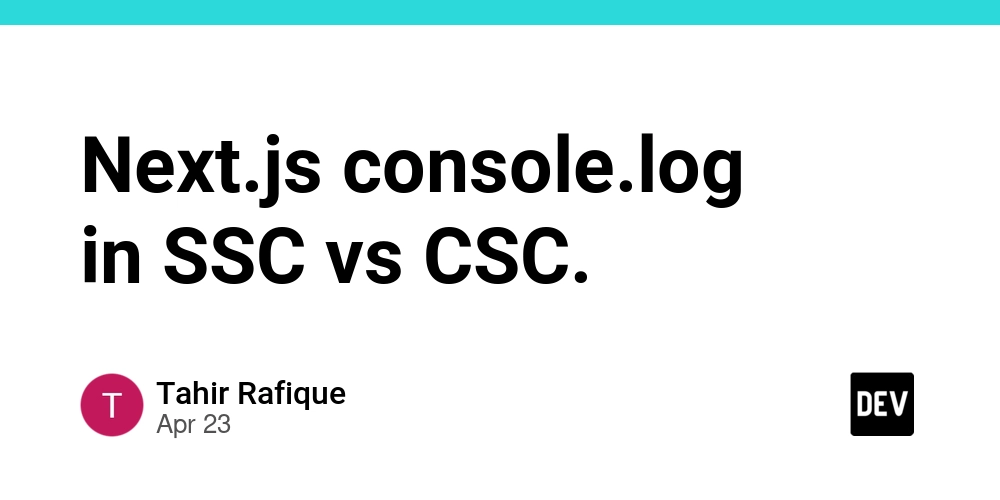Understanding MCP and AI Agents in AI Development
The Model Context Protocol (MCP) and AI Agents are two complementary technologies that address key challenges in AI application development, particularly in ensuring seamless integration and intelligent task execution. MCP: A Standardized Interface for AI Integration MCP serves as a universal protocol, akin to a "USB-C for AI," that standardizes how applications and AI models exchange contextual information. This middle layer simplifies integration by providing a consistent framework for connecting diverse data sources, tools, and AI models. For example, in a customer support application, MCP ensures that an AI model receives relevant user data (e.g., query history, preferences) in a structured format, reducing the need for custom integration code. This standardization lowers development complexity and enhances interoperability across different AI systems. AI Agents: Intelligent Task Executors AI Agents are autonomous entities designed to perform tasks with minimal human intervention. Unlike traditional AI models that react to inputs, Agents can make decisions, adapt to changing conditions, and execute complex workflows. For instance, in data processing, an Agent might autonomously clean datasets, identify patterns, and generate reports based on high-level instructions. Their strength lies in their ability to operate proactively, making them ideal for applications requiring dynamic responses. How MCP Enhances AI Agents The synergy between MCP and AI Agents lies in context management. MCP ensures Agents receive accurate, well-structured contextual data, which is critical for informed decision-making. For example, in a real-time customer support scenario, MCP might feed an Agent with user profile data, recent interactions, and system constraints, enabling the Agent to tailor responses effectively. This reduces errors and improves response relevance. Additionally, MCP’s standardized approach allows Agents to be deployed across different platforms without needing extensive reconfiguration, accelerating development cycles. Practical Applications and Resources This combination is already transforming fields like automated customer service, where Agents handle inquiries with context-aware responses, and data analysis, where Agents process large datasets with minimal oversight. For developers or businesses exploring these technologies, TopRankAgent offers practical examples of MCP and AI Agent implementations. It’s a useful starting point for understanding how to apply these concepts in real-world projects. In summary, MCP streamlines AI integration by providing a universal protocol, while AI Agents leverage this to deliver intelligent, context-aware solutions. Together, they make AI development more efficient and scalable, paving the way for more sophisticated applications.Start future using TopRankAgent.
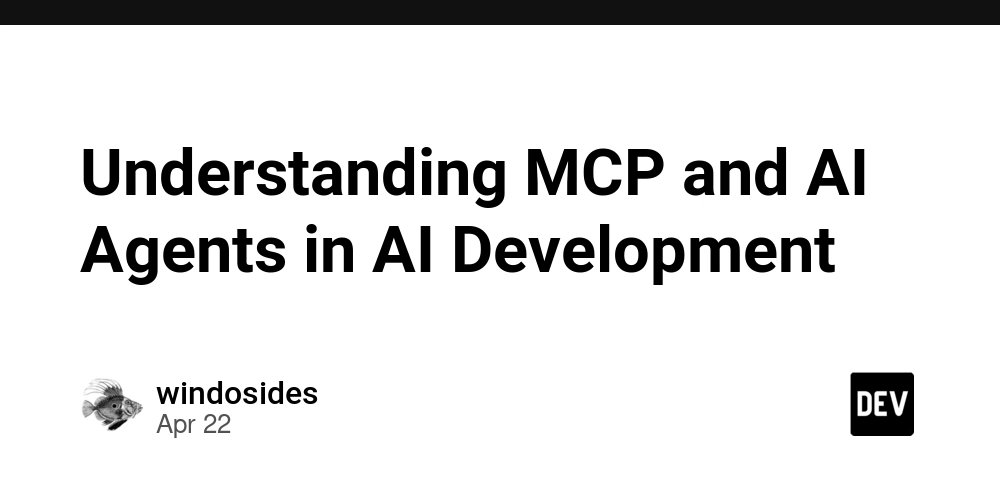
The Model Context Protocol (MCP) and AI Agents are two complementary technologies that address key challenges in AI application development, particularly in ensuring seamless integration and intelligent task execution.
MCP: A Standardized Interface for AI Integration
MCP serves as a universal protocol, akin to a "USB-C for AI," that standardizes how applications and AI models exchange contextual information. This middle layer simplifies integration by providing a consistent framework for connecting diverse data sources, tools, and AI models. For example, in a customer support application, MCP ensures that an AI model receives relevant user data (e.g., query history, preferences) in a structured format, reducing the need for custom integration code. This standardization lowers development complexity and enhances interoperability across different AI systems.
AI Agents: Intelligent Task Executors
AI Agents are autonomous entities designed to perform tasks with minimal human intervention. Unlike traditional AI models that react to inputs, Agents can make decisions, adapt to changing conditions, and execute complex workflows. For instance, in data processing, an Agent might autonomously clean datasets, identify patterns, and generate reports based on high-level instructions. Their strength lies in their ability to operate proactively, making them ideal for applications requiring dynamic responses.
How MCP Enhances AI Agents
The synergy between MCP and AI Agents lies in context management. MCP ensures Agents receive accurate, well-structured contextual data, which is critical for informed decision-making. For example, in a real-time customer support scenario, MCP might feed an Agent with user profile data, recent interactions, and system constraints, enabling the Agent to tailor responses effectively. This reduces errors and improves response relevance. Additionally, MCP’s standardized approach allows Agents to be deployed across different platforms without needing extensive reconfiguration, accelerating development cycles.
Practical Applications and Resources
This combination is already transforming fields like automated customer service, where Agents handle inquiries with context-aware responses, and data analysis, where Agents process large datasets with minimal oversight. For developers or businesses exploring these technologies, TopRankAgent offers practical examples of MCP and AI Agent implementations. It’s a useful starting point for understanding how to apply these concepts in real-world projects.
In summary, MCP streamlines AI integration by providing a universal protocol, while AI Agents leverage this to deliver intelligent, context-aware solutions. Together, they make AI development more efficient and scalable, paving the way for more sophisticated applications.Start future using TopRankAgent.
































































































































































![[The AI Show Episode 143]: ChatGPT Revenue Surge, New AGI Timelines, Amazon’s AI Agent, Claude for Education, Model Context Protocol & LLMs Pass the Turing Test](https://www.marketingaiinstitute.com/hubfs/ep%20143%20cover.png)












































































































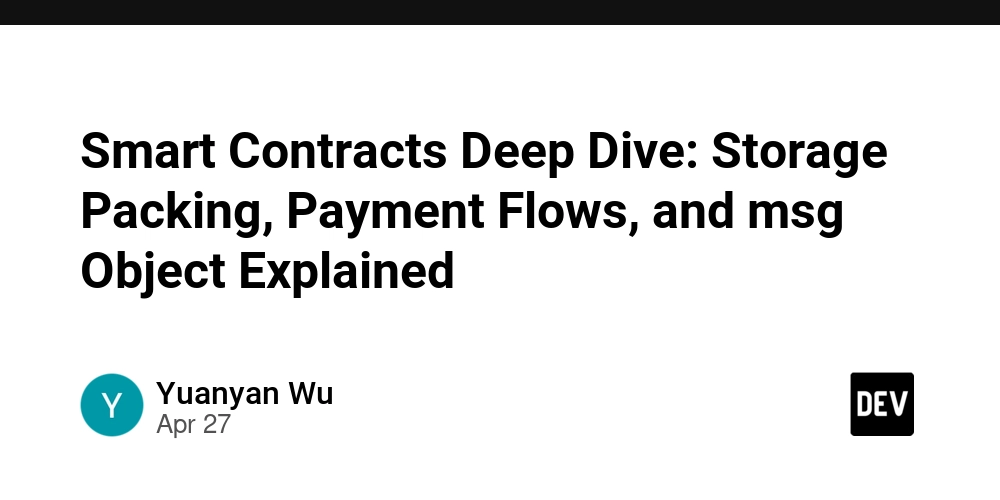

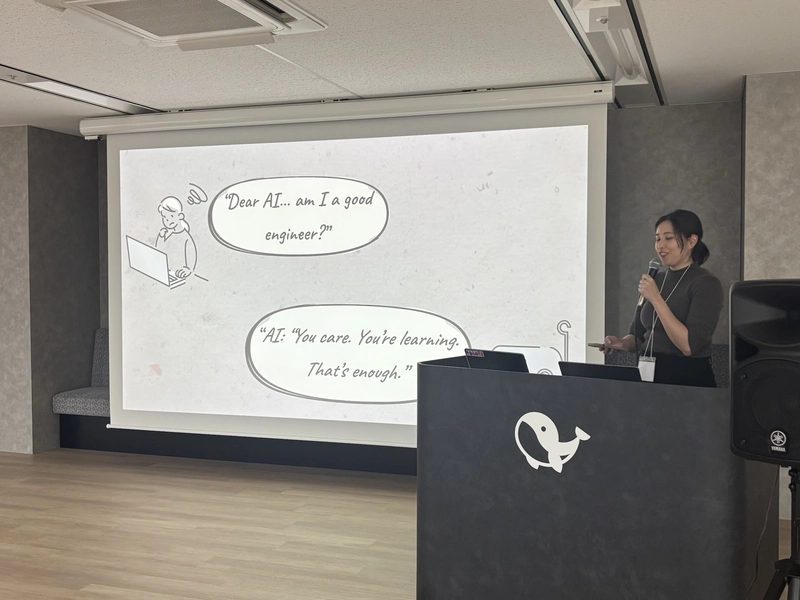











![[DEALS] Koofr Cloud Storage: Lifetime Subscription (1TB) (80% off) & Other Deals Up To 98% Off – Offers End Soon!](https://www.javacodegeeks.com/wp-content/uploads/2012/12/jcg-logo.jpg)
























![Is this too much for a modular monolith system? [closed]](https://i.sstatic.net/pYL1nsfg.png)


























-The-Elder-Scrolls-IV-Oblivion-Remastered---Official-Reveal-00-18-14.png?width=1920&height=1920&fit=bounds&quality=70&format=jpg&auto=webp#)
























































































_roibu_Alamy.jpg?width=1280&auto=webp&quality=80&disable=upscale#)




 CISO’s Core Focus.webp?#)









































































































![iPadOS 19 May Introduce Menu Bar, iOS 19 to Support External Displays [Rumor]](https://www.iclarified.com/images/news/97137/97137/97137-640.jpg)

![Apple Drops New Immersive Adventure Episode for Vision Pro: 'Hill Climb' [Video]](https://www.iclarified.com/images/news/97133/97133/97133-640.jpg)



















